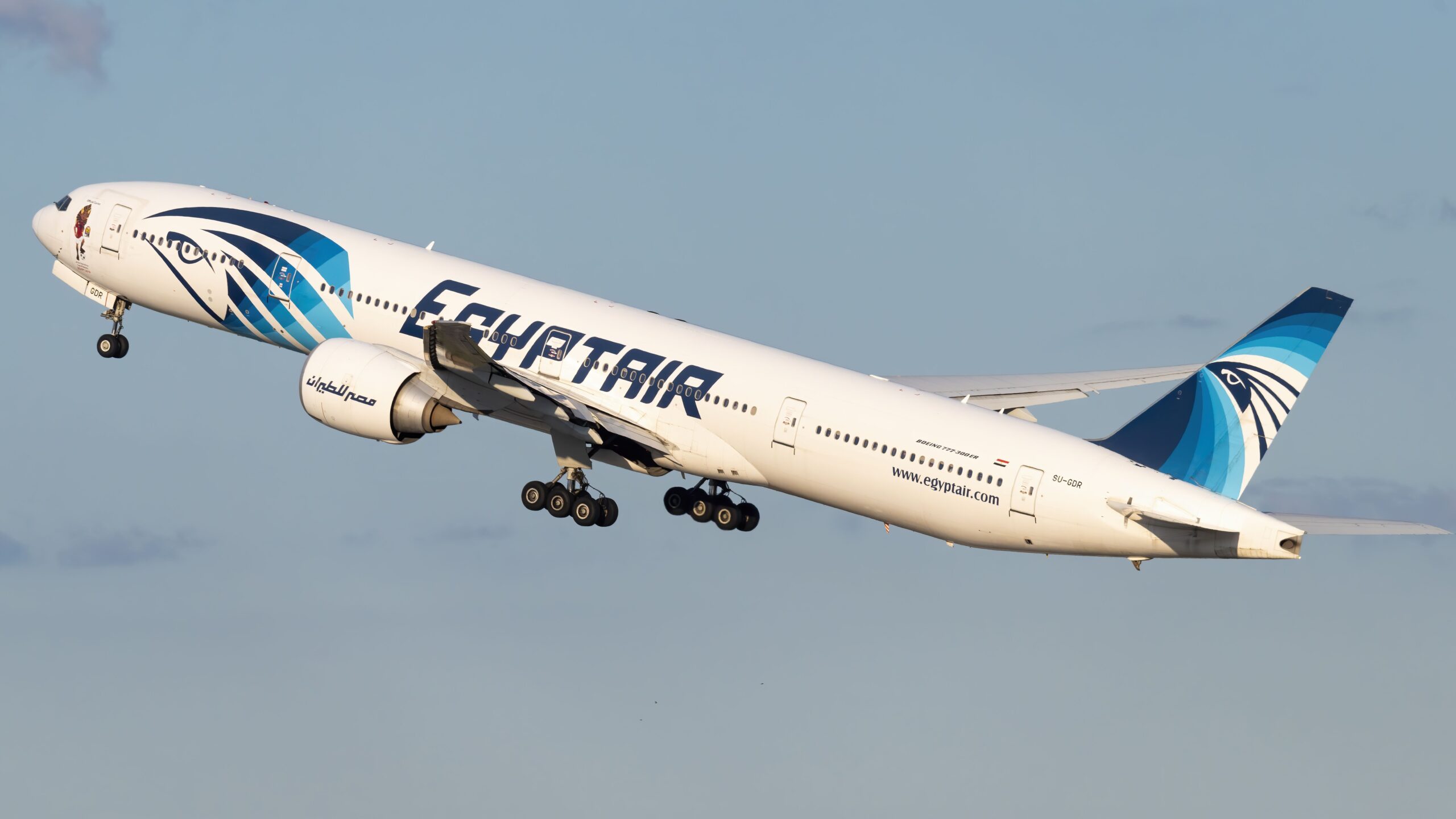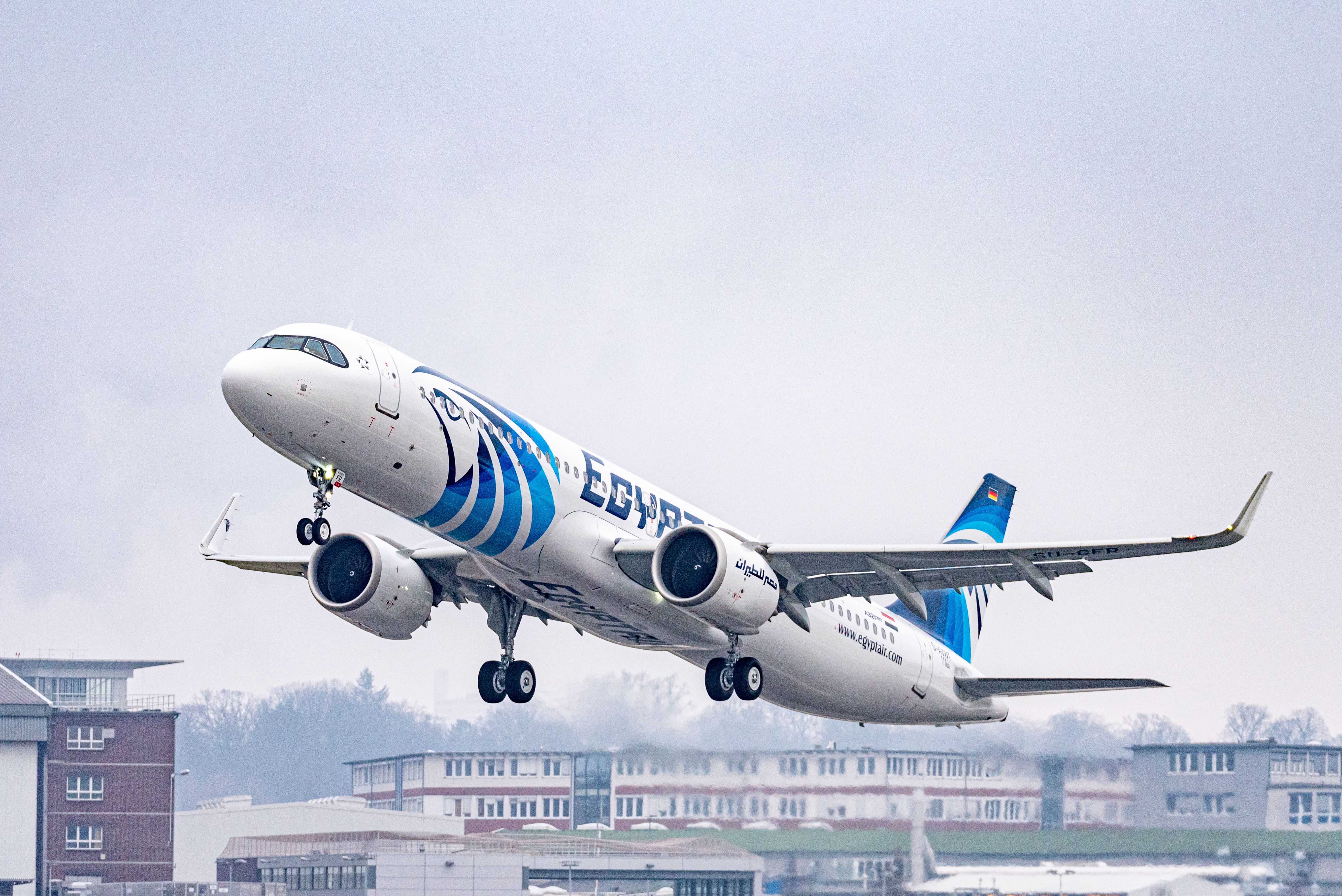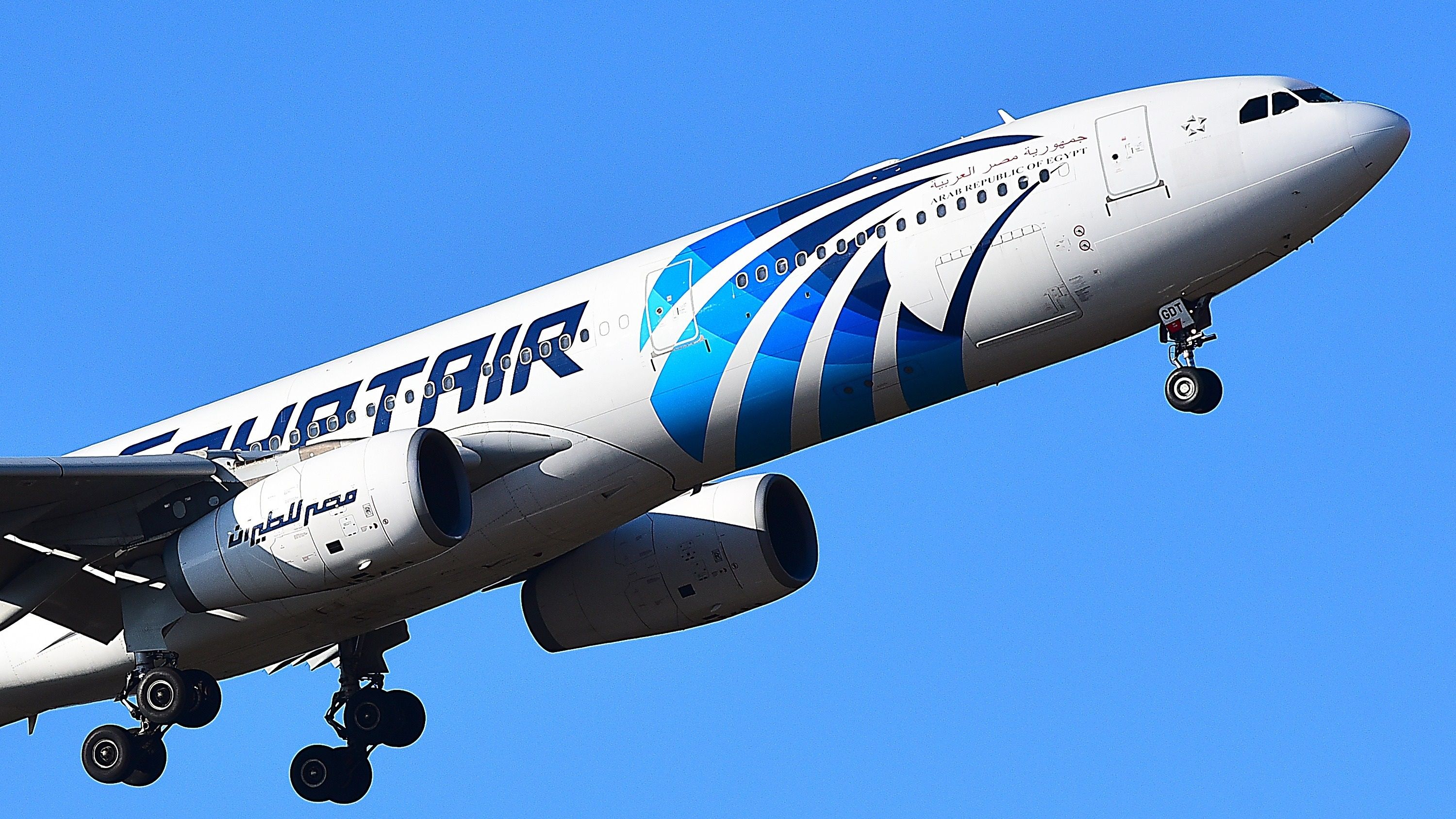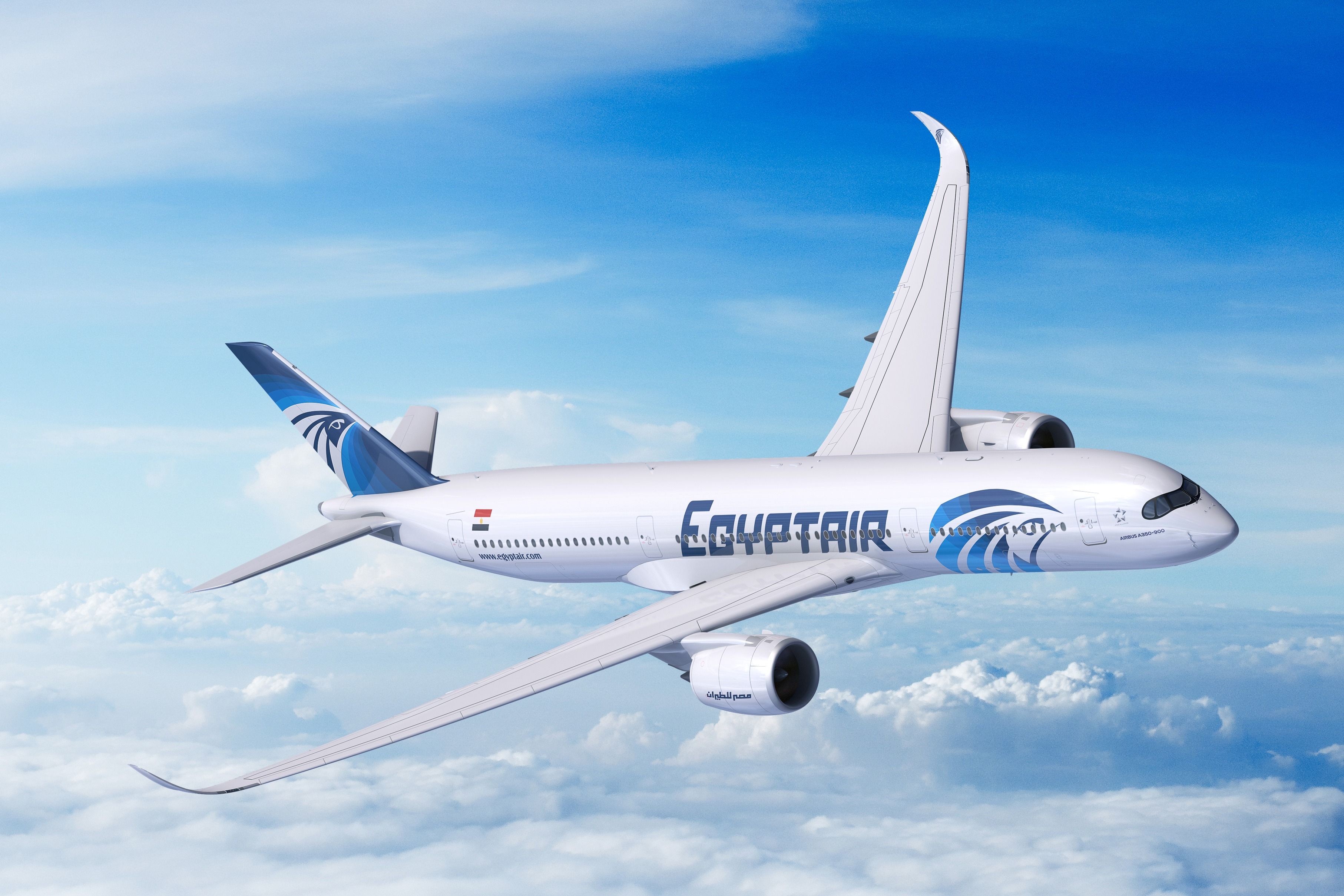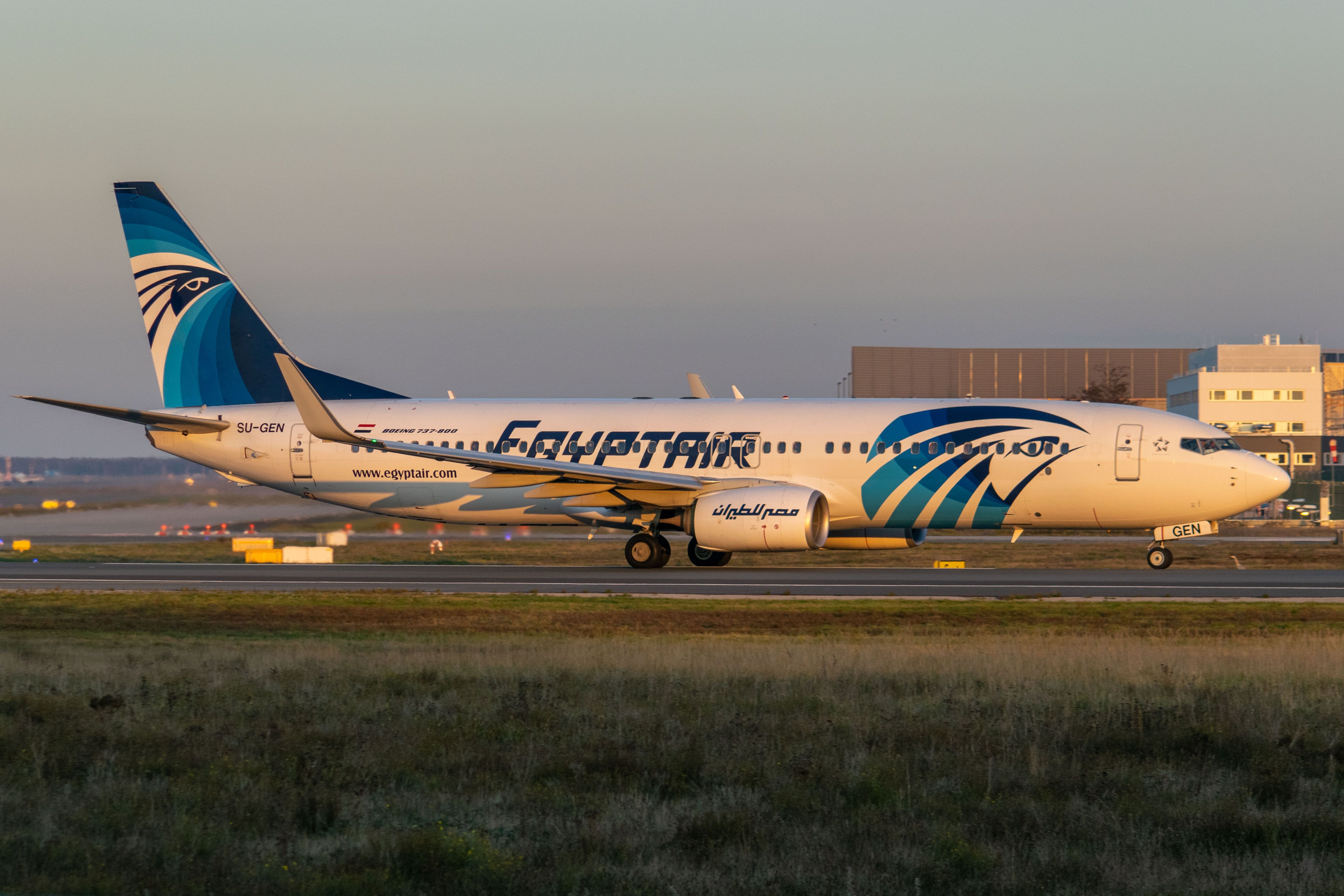Summary
- EgyptAir aims to double fleet size to 125 by 2030.
- New A350 & 737 MAX orders will further increase fleet diversity.
- Fleet diversity is viewed as advantage in EgyptAir’s case with no plans to streamline.
As nearby Saudi Arabia continues preparations for an expansive future in aviation with Riyadh Air and Saudia, Egypt is making its own. According to local reports, the Egyptian Minister for Civil Aviation has announced plans to nearly double the fleet of national carrier EgyptAir.
With a variety of planes on order—including the A350 and Boeing 737 MAX—EgyptAir’s future fleet plans are unclear, as the airline’s fleet diversity continues to surprise. Nevertheless, the airline’s plans are perhaps well-thought-out, preparing for future expansion and flexibility.
Reaching 100 destinations with 100 planes
Local media Amwalaghad reports that Egypt’s civil aviation minister wants the EgyptAir fleet to reach 125 aircraft by 2030. The plan is to bring the fleet to 97 planes by the end of the 2026-2027 fiscal year (meaning in about two years).
Photo: Airbus
Currently, ch-aviation data shows that Egyptair operates a fleet of 83 aircraft, although the Ministry notes only 65 active at this moment in time. As it stands, the company has orders for a further 28 planes, divided as follows:
- 10 A350-900s
- 18 Boeing 737 MAX 8s
In theory, this would bring the national airline’s total fleet to 93 aircraft, indicating the possibility of future aircraft orders for delivery by 2030.
It is unclear when such an order might be placed. However, given limited delivery slots at major manufacturers Boeing and Airbus, the sooner the better if EgyptAir wants to meet its 2030 targets.
The Airbus A350 will become an essential part of the carrier’s fleet and will push its overall network size beyond its current limits. CEO Yehia Zakaria previously said:
“By 2027-28, we have plans to […] be approaching over 100 destinations for the network. So that is why we are looking at the widebody planes to serve our ambitions. We are looking to fly to Shanghai, to Los Angeles, and to many places also that we would like to fly with our 350.”
Egyptian aviation growth all-round
The ambitious plan will also include introducing several new cargo aircraft to the dedicated division, bringing the total fleet to six planes. Ch-aviation shows that EgyptAir Cargo currently operates a fleet of three Airbus A330-200(P2F) planes.
The plan for the aviation industry in Egypt is based on three axes: passenger, freighter, and airport operations. The first two directly concern EgyptAir, while for the third, the Ministry hopes to increase the capacity of local airports to accommodate more passengers. This includes a new passenger terminal at Cairo Airport and Hurghada Airport, increasing throughput potential to 58 million and 20 million annually, respectively.
A revised fleet
EgyptAir’s current fleet includes a plethora of aircraft types, with Airbus and Boeing seemingly selected arbitrarily for the airline’s needs. Currently, ch-aviation data shows EgyptAir operates the following types:
- A220-300
- A320-200 and neo
- A321neo
- A330-200 and -300
- B737-800
- B777-300ER
- B787-9
Photo: Vytautas Kielaitis I Shutterstock
Of these, the A220 is already slated to be phased out after engine issues forced the majority of the airline’s fleet to be grounded. In February, US lessor Azorra agreed to purchase all 12 examples in service with EgyptAir as they were “well-maintained” and had “freshly overhauled, updated engines.”
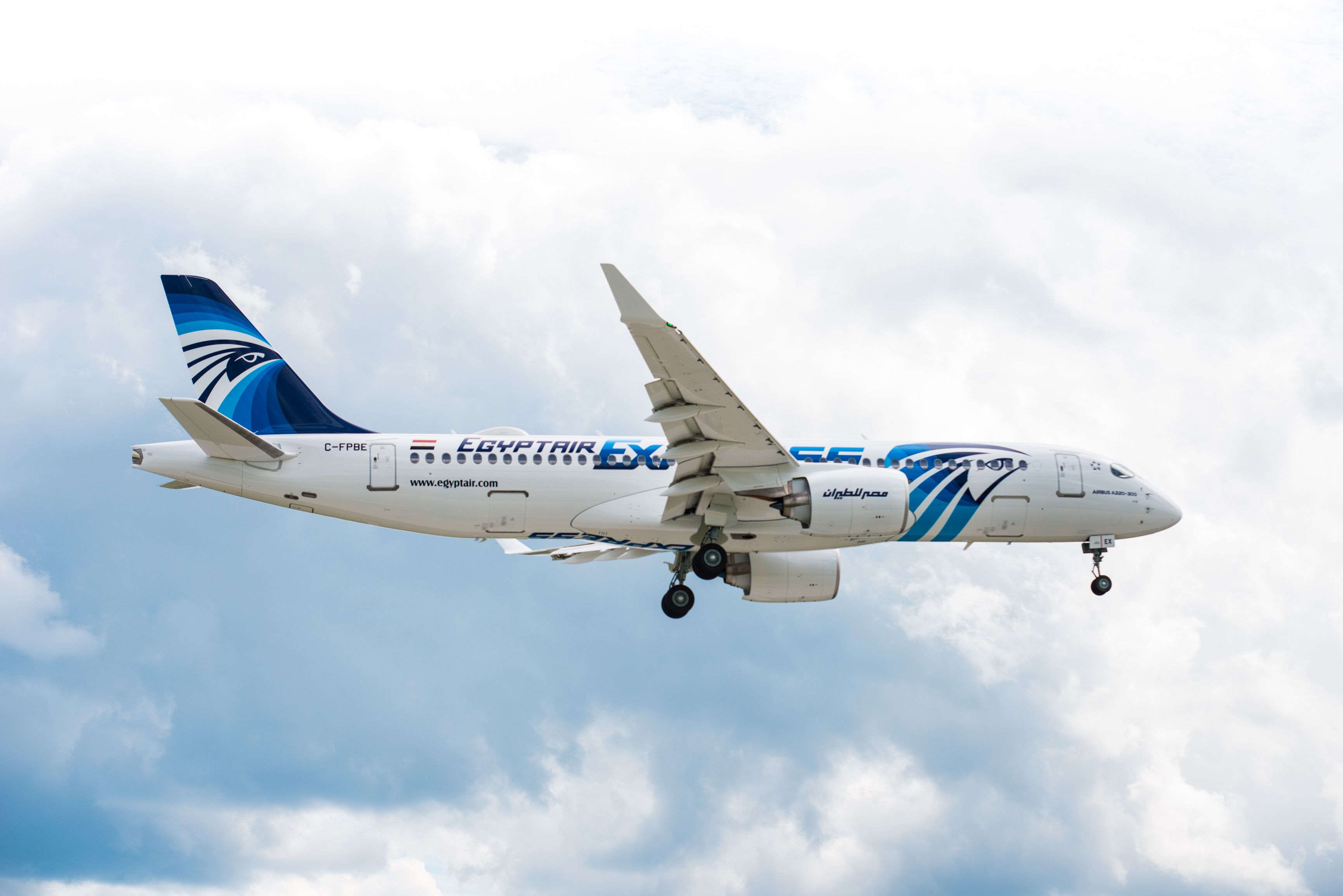
Related
EgyptAir Sells Airbus A220 Making Way For New Airbus Widebodies
The airline’s Airbus A220-300s have barely flown in the past few months.
In a statement, EgyptAir meanwhile said the following of its A220s.
“This sale [of the fleet] is due to continuous presence of defects in the engines of this type, successive cessation of operation and their continued presence under repair until the present date.
Now, Simple Flying understands that only one example remains at the Egyptian national carrier, which last operated a return trip to Hurghada on July 15.
Fleet diversity
The new aircraft orders for A350s and 737 MAXs won’t immediately replace other aircraft. Instead, they will provide additional capacity, meaning the overall EgyptAir fleet will be even more diverse than it currently is.
Photo: Airbus
Typically, airlines look at streamlining their fleet to a consolidated number of aircraft types. This allows for cost savings in maintenance and pilot training and can sometimes make network management easier. However, EgyptAir believes this diversity has and will continue to be an advantage rather than a drawback. Zakaria said:
“Of course, but we like diversity of aircraft. We don’t like to put all our eggs in one basket.”
This was particularly evident when it came to Airbus A220 engine issues, where the fleet had to be gradually withdrawn and schedules covered by other planes. airBaltic, on the contrary, has suffered quite a lot as a result of the engine issues as it operates a single-type fleet of A220s.

